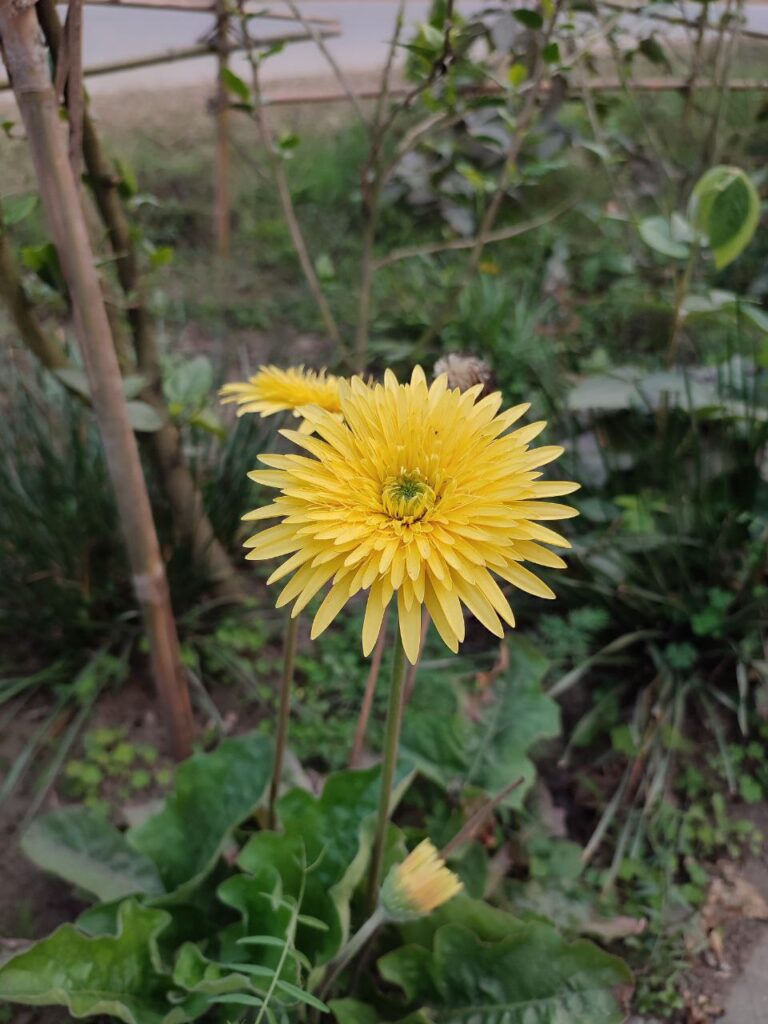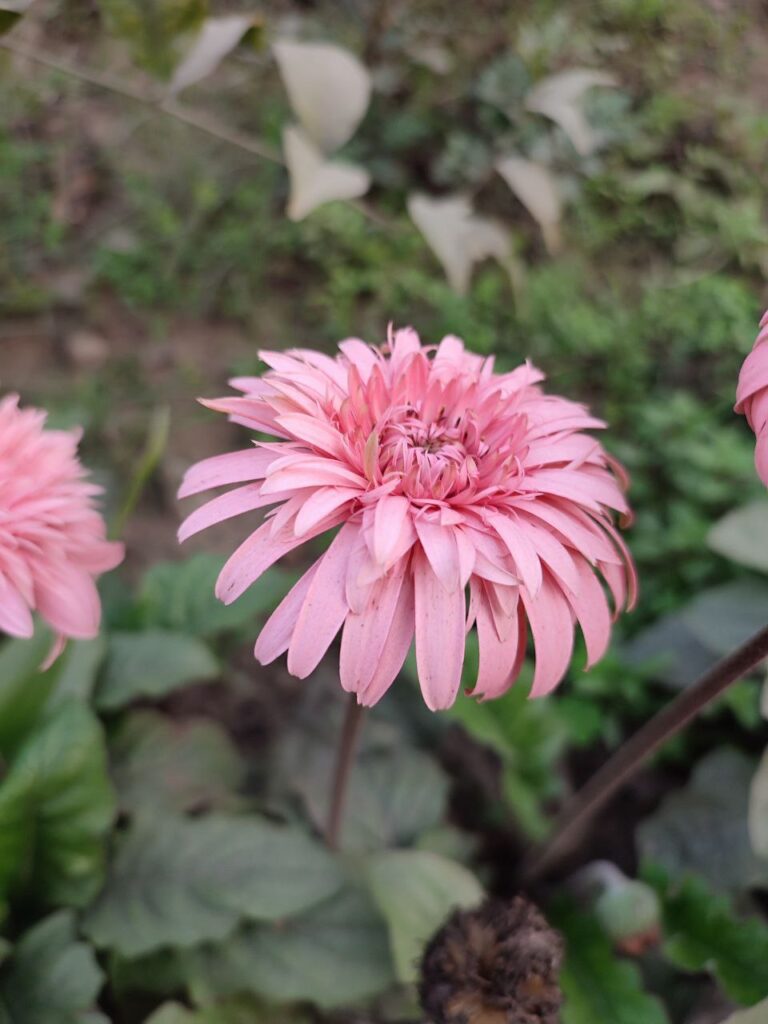
Gerbera (Gerbera jamesonii) belongs to the Composite family, commonly referred to as the Transvaal daisy or Barberton daisy. It is a delicate perennial plant, native to the tropical regions of South Africa. It is one of the most popular commercial cut flowers in the world. The flowers come in various colors and are perfect for enhancing various floral arrangements. Gerbera flower typically ranges from 2 to 5 inches, with some reaching up to 7 inches. The species features a large capitulum with ray florets. Although the capitulum appears as a single bloom, it comprises hundreds of individual flowers.
Climate :
Gerbera can be cultivated year-round under various climatic conditions. In tropical climates, they are grown outdoors, while in subtropical and temperate climates, they are protected from frost and grown in greenhouses or under shade nets.
Ideal growing conditions for Gerbera include daytime temperatures between 22-25°C and nighttime temperatures of 12-16°C. Bright sunlight promotes growth and enhances flower quality. Gerberas grown in areas with inadequate light may not bloom properly.
Soil :
A pH range of 5.0-7.2 is optimal for planting Gerbera. For healthy root development and better root penetration, the soil should be highly porous and well-drained.
Season :
The crop can be grown year-round.

Propagation :
Gerbera can be propagated through seeds, cuttings of side shoots, sucker division, or tissue culture.
- Seeds:Seeds are produced when cross-pollinated and can be sown almost year-round. They typically germinate within two weeks at temperatures between 15-20°C, though germination may take up to 30 days. Seed-grown plants will bloom in their second year, with high-quality flowers appearing by the third year.
- Vegetative: Side shoots with a small portion of the base are used, along with divisions of suckers and cuttings for propagation.
- Micropropagation: Explants such as shoot tips, leaf mid-ribs, capitula, flower heads, inflorescences, and buds are used in micropropagation.
Land Preparation :
For gerbera farming, the land must be properly prepared. Perform 2-3 ploughings before planting to achieve a fine soil texture. Prepare raised beds with a height of 15 cm and a width of 1.2 m.
Soil fumigation with Formaldehyde (100 ml in 5 liters per square meter), Methyl Bromide (70 grams per square meter) is recommended to control soil-borne pathogens such as Phytophthora, Fusarium, and Pythium.
Time of sowing :
Gerbera planting is typically carried out during September to October and February to March.
Spacing :
Ideal plant spacing is 40 cm*30 cm or, 30 cm*30 cm.
Fertilizer :
At the time of land preparation, incorporate 25-25 tonnes FYM/ha in the soil.
Basal
Neem cake 2.5 ton/ha
P – 400 g/100 sq.ft.
MgSo4 – 0.5 kg/100 sq.ft.
Top dressing
Calcium Ammonium Nitrate and Muriate of Potash at the ratio of 5:3 is mixed and applied at 2.5 g/plant/month.
Weeding and Soil Raking:
Weeds compete for nutrients, which can reduce plant productivity, so they should be removed from the beds. Daily irrigation causes the surface of the gerbera beds to harden, so raking with a raker is necessary to improve soil aeration around the plant roots. This should be done regularly, ideally twice a month.
Disbudding:
Disbudding refers to the removal of lower-quality flowers in the early stages after planting. Gerbera plants typically begin normal flower production 75 to 90 days after planting, but flowers may appear as early as 45 days. These early flowers are often of poor quality and should be removed from the base of the flower stalk to help strengthen and promote the plant’s overall health.
Removing Old Leaves:
Maintaining proper sanitation helps control disease and pest infestations. Old, dry, or infected leaves should be removed from the plants and cleared from the production area.
Harvesting :
The first flowers can be harvested 75 to 90 days after planting. The ideal time for harvesting gerbera flowers is in the morning or evening. Since the flowers are delicate, they must be handled with care to avoid damage and preserve their quality.

Harvesting is done when the flowers are fully open. To extend their vase life, the flower stalks are soaked in a sodium hypochlorite solution (5-7 ml per liter of water) for 4-5 hours.
